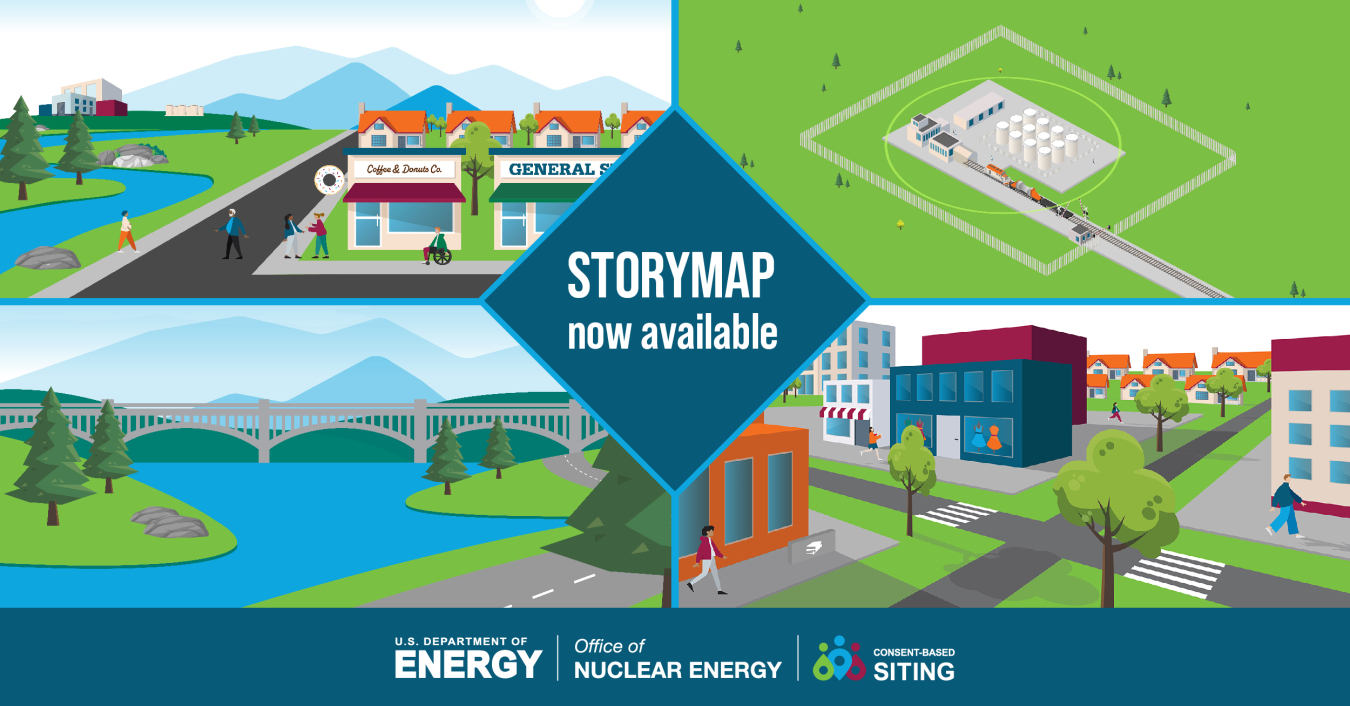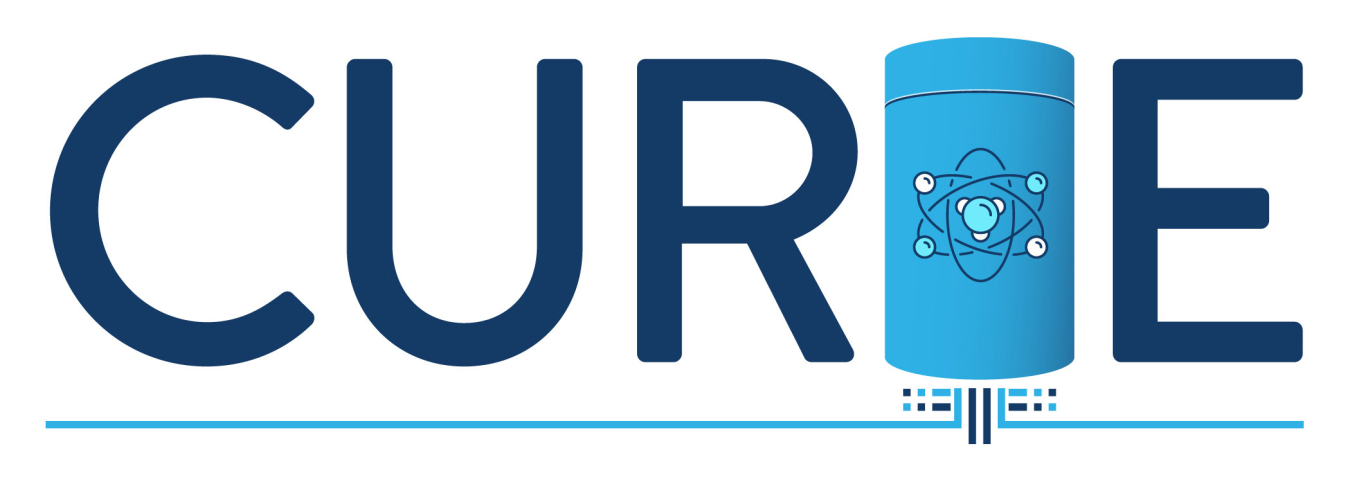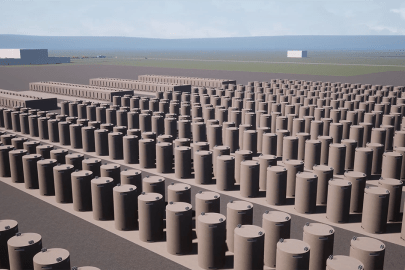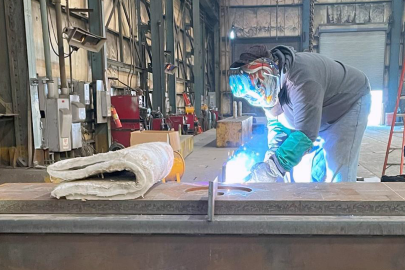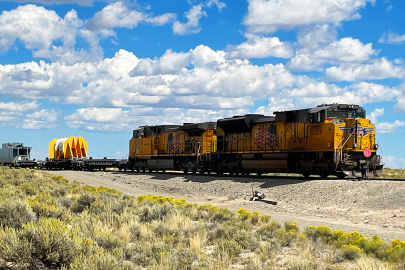This website is currently under development. You can find some current program information below; please check back for updates.
................................
The Office of Spent Fuel and High-Level Waste Disposition and its three sub-program offices: the Office of Disposal R&D, the Office of Storage & Transportation, and the Office of Consent-Based Siting, are developing an Integrated Waste Management system for storage, transportation, and disposal of spent nuclear fuel and high-level radioactive waste. Learn more.

Learn More About Consent-Based Siting
................................
For more information on technical work to prepare for storage, transportation, and eventual disposal of spent nuclear fuel and high-level radioactive waste, check out the CURIE: Resource Portal for DOE Nuclear Waste Management Information.


